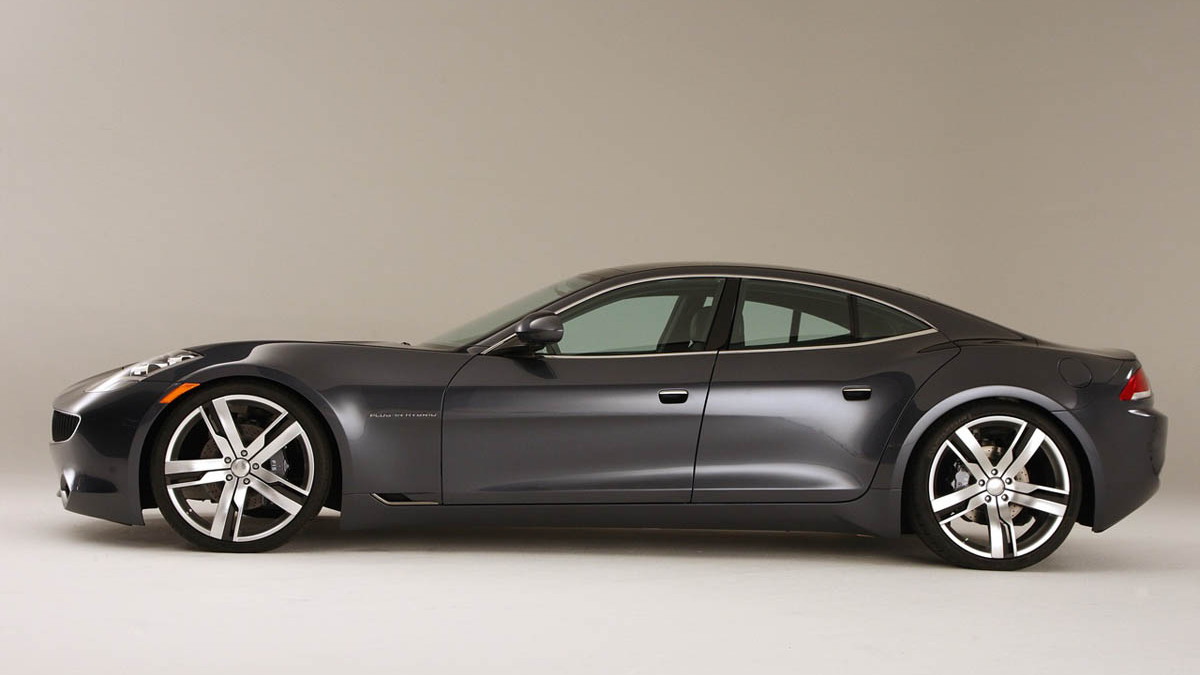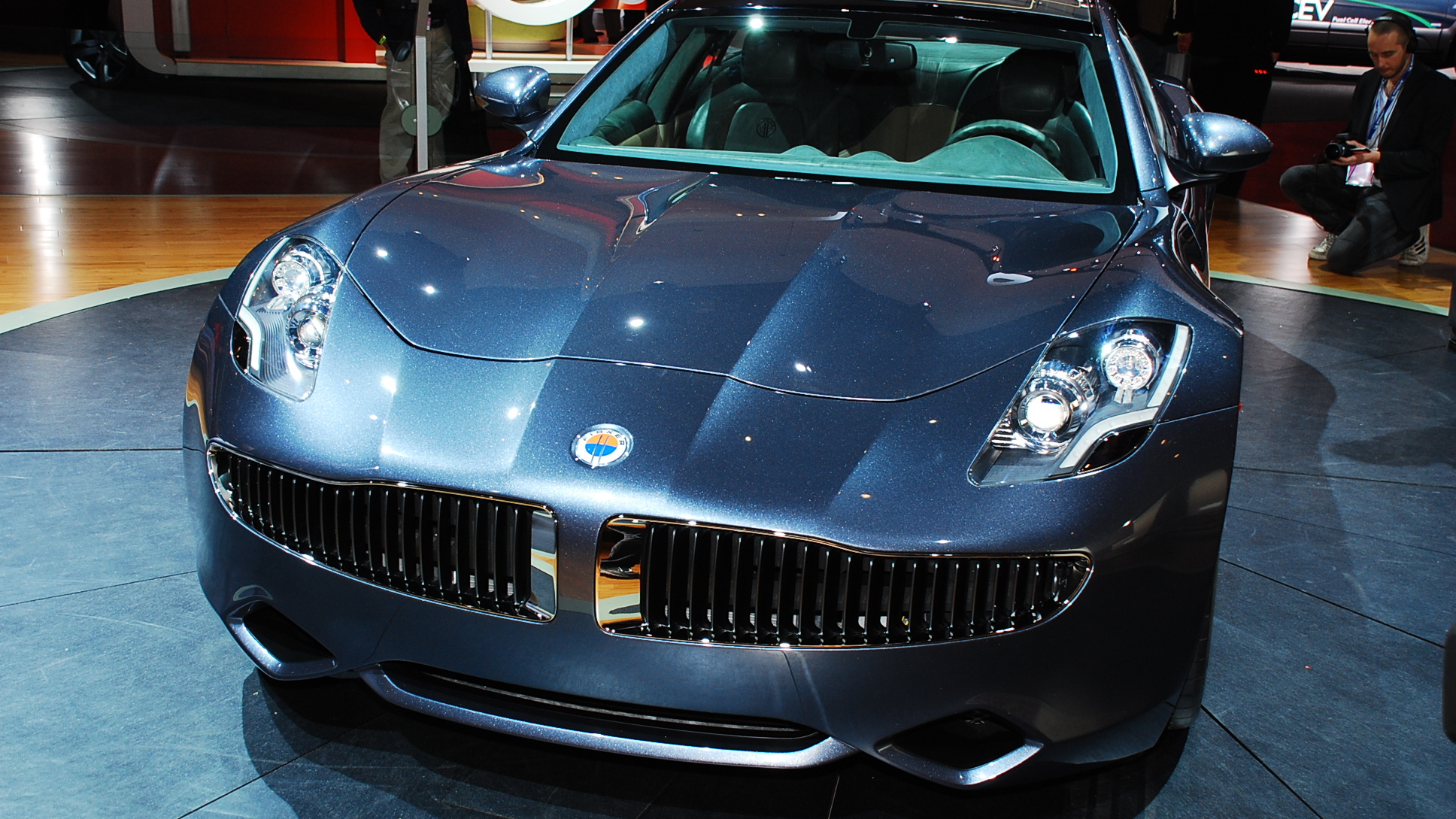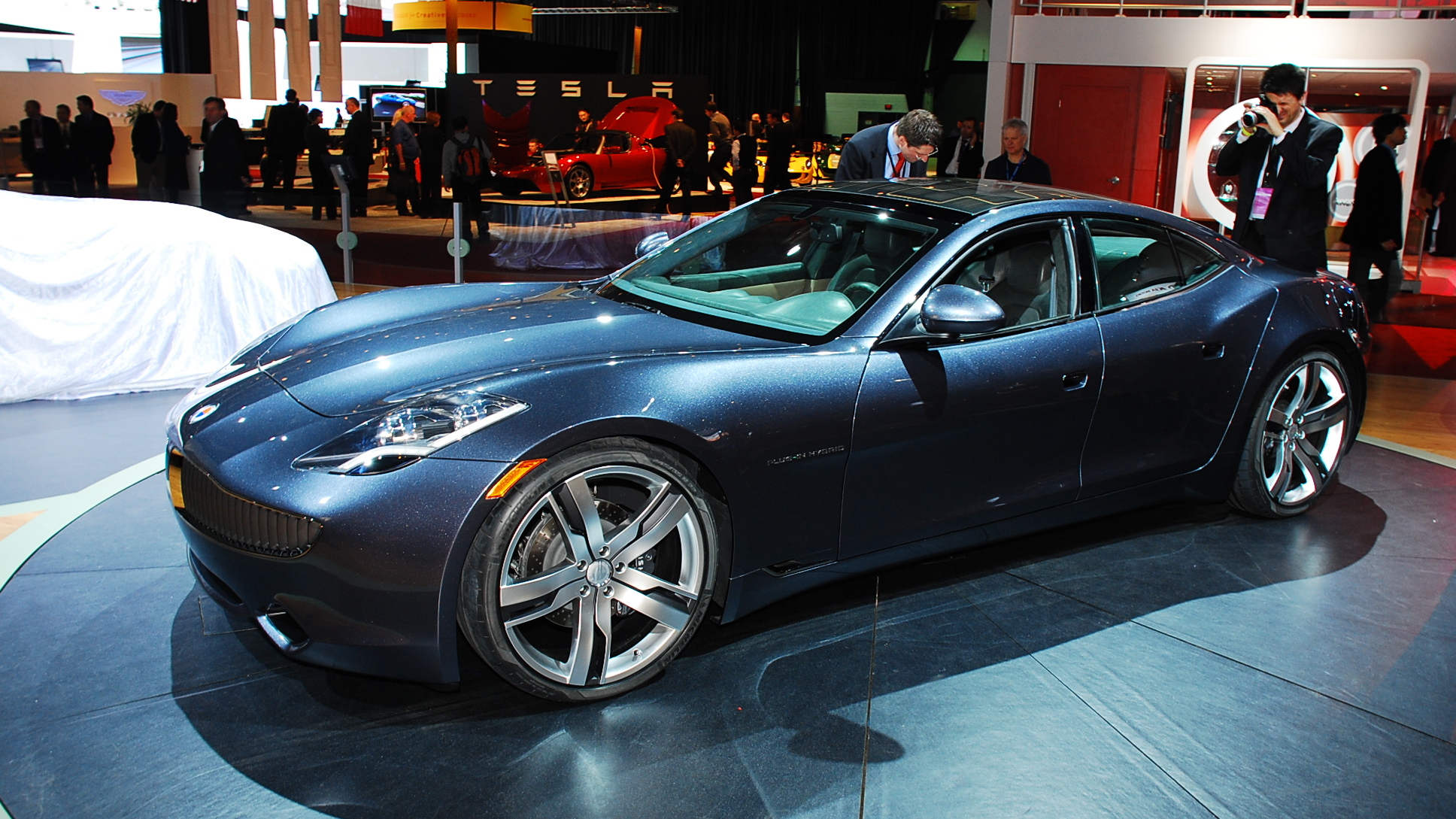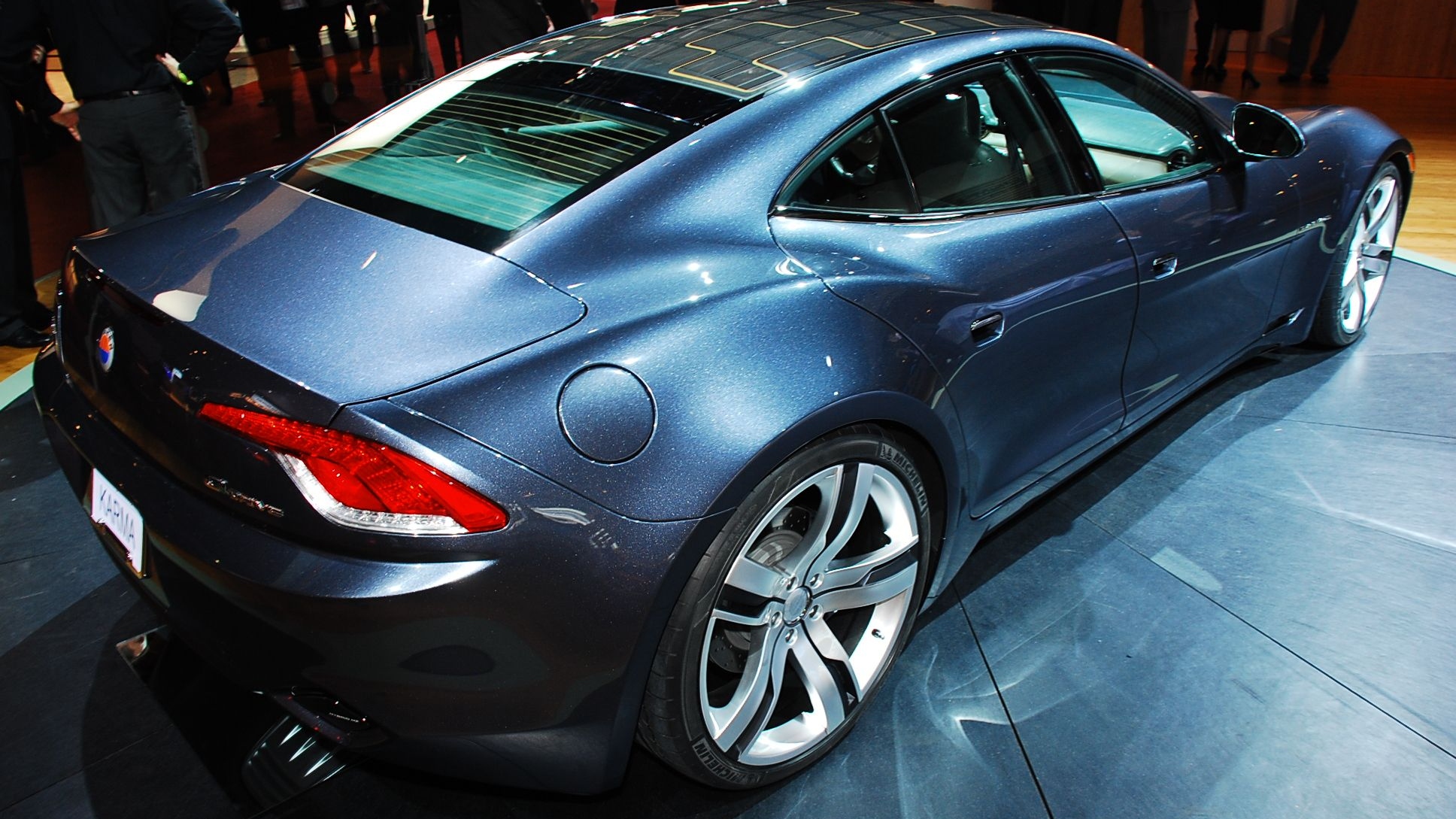Originally slated to go on sale last November, the all-new Fisker Karma plug-in hybrid luxury sedan will now go on sale in the third quarter of this year and in the lead up to its launch we will get our innermost look at the car yet. Making its reveal at the 2010 Geneva Motor Show this week is Fisker's advanced aluminum spaceframe that underpins the new Karma.
Fisker’s engineering team designed the Karma’s spaceframe around the car’s unique Q-Drive series-hybrid powertrain, filing for multiple patents in the process.
The Q-Drive powertrain consists of a 2.0-liter turbocharged four-cylinder engine sourced from GM which is used as a generator to charge an array of lithium-ion batteries supplied by A123 Systems. These batteries then power a pair of electric motors developing a peak output of 403 horsepower and 959 pound-feet of torque.
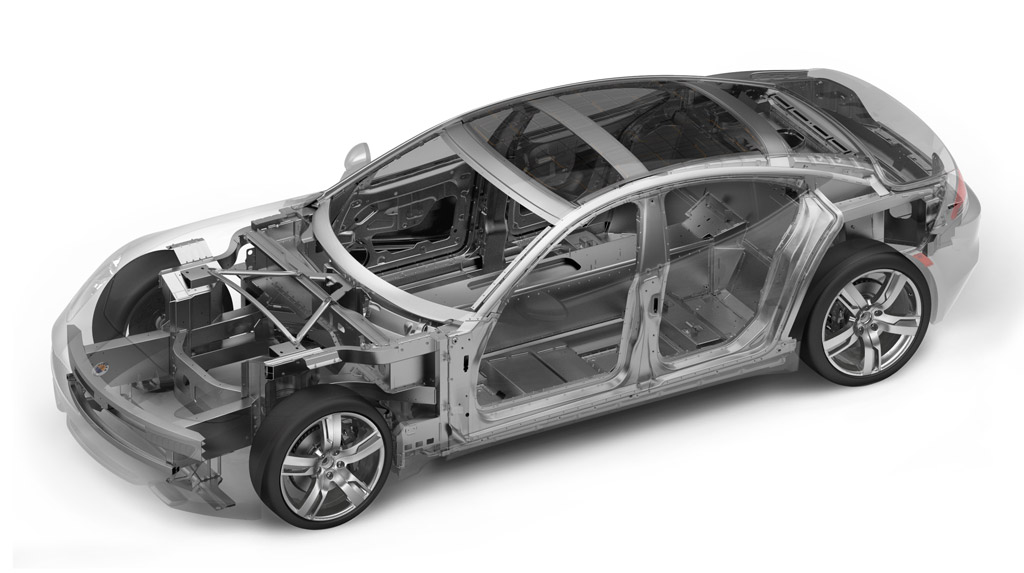
Fisker Karma aluminum spaceframe
By utilizing 5,000- and 6,000-series aluminum alloys and a unique extrusion-intensive architecture, Fisker’s engineers have managed to keep weight down while increasing rigidity and strength. The design features a super-structural tunnel running down the car’s centerline that acts as the Karma’s backbone. It not only houses the battery pack but acts as a torque tube connecting front and rear sections.
According to Fisker, few cars can match the Karma’s strength and rigidity. Static torsional rigidity, the amount the spaceframe resists twisting forces when entering a ramp at an angle, for example, measures more than 33,000 Newton-meters per degree.
Read up more on the Karma in our previous report by clicking here.
[Fisker]
